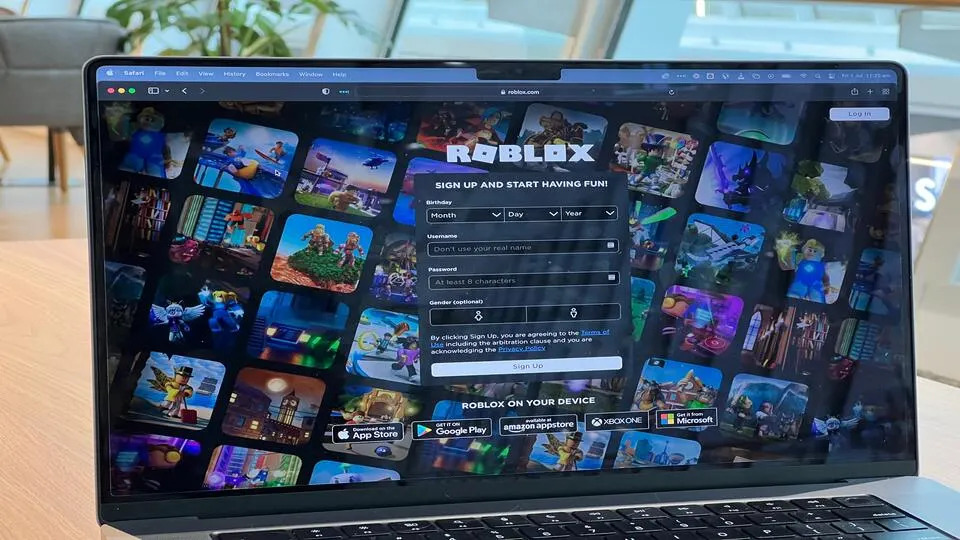The digital age offers limitless possibilities. Digital has reached all aspects of the industry. Stakeholders in the sports sector include media rights holders, clubs and sports organizations, and governing authorities.
Fan engagement is an important concept in the digital realm of sports that cannot be avoided. Chris and Jonny emphasize that the focus should be on commercial and business interaction in the digital environment and fan connection from a club-to-fan standpoint.
HOW DO SPORTS FANS CONSUME CONTENT?
The digital migration of the major stakeholders in the sports business has transformed the way spectators watch sports. The goal thing is to figure out how to adapt and adjust. They offered some statistics to help the audience understand how we have evolved as sports content consumers.
Seventy percent of those who attend a live sporting event engage with the action using a mobile device. For example, some will check the scores of other matches, go online to see a replay of an occurrence and use various platforms to interact with their social networks about the event they’re attending.
While viewing a live sports broadcast, 87% of sports enthusiasts are second screening. It doesn’t stop with the second showing; some fans go for quadruple or even numerous screenings.
DISRUPTION
According to Chris and Jonny, digital engagement may be described as a disruption in traditional content generation, and consumption is now monetized and engaging in new ways.
They discovered three elements that contribute to the disruption:
1. A change in viewing habits
2. The changing environment of media rights
3. The implementation of new technology.
Many of today’s sports audiences can be classified as a mobile-first generation. This audience will turn to a mobile device rather than a television broadcast to interact with sports. In addition, the audience is more technologically aware than it has ever been.
Live television broadcasts of important sporting events are increasingly being abandoned. The Premier League’s audience figures have dropped by 11%. The number of people watching the NFL has dropped by 10%.
The advent of streaming and over-the-top (OTT) ways of watching sporting events are further important. Although television broadcasting is not yet obsolete, it is evolving, and we are accessing it in new ways.
Real Madrid, for example, had a well-established TV station but chose to stream 128 events on Facebook instead. Roger Federer, for example, live-streamed one of his training sessions.
The Millennial and Centennial generations are driving the digital age. We’ve had enough of pre-and post-sports programming.
MEDIA RIGHTS ARE EVER-CHANGING
As consumers, we are ushering in a new era of media rights and fan involvement. The value of rights is increasing. For example, the NHL deal has increased by 103 percent since last year, while the Bundesliga deal has also increased. However, viewership is dwindling.
As a result, content that previously required payment is now available for free. For example, the last Champions League final was televised live on YouTube by BT Sport.
Media rights should also be considered from a sociopolitical perspective. By 2018, Europeans will be able to access information from everywhere in Europe, regardless of their location.
Non-broadcast media channels are thought to provide a more individualized broadcasting experience. For example, the NFL entered into agreements with Yahoo and Twitter. On a Thursday night, Twitter paid $11 million for ten games. In addition, the demographics of these media sites are fascinating, with 55 percent of viewers under the age of 25.
Examining alternative forms of entertainment. For example, Netflix began as a content provider, but it began to produce its shows as the company evolved.
Lower-tier sports thrive in the digital age. For example, the Sport Bible had 2.2 million unique viewers watching a table tennis match. Table tennis is one of the most popular sports in the UK, but its governing body struggles to reach a younger audience. It was able to reach a younger audience thanks to this stream.
Manchester United released a new premium streaming app to extend further its global fan base, available in 160 countries but not the United Kingdom.
Getting on TV used to be the holy grail for many sports, but that is no longer the case.
ADVANCES IN TECHNOLOGY
The speed of the internet has improved, allowing the new digital streams to operate. Another factor is the increased availability of free Wi-Fi in public places, and when it comes to stadiums, the United States is ahead of Europe and the United Kingdom. Individual fans are becoming media rights holders as the quality of cameras on our smartphones drives us to engage even more. Whether the latter is legal is a topic for another discussion.
WHICH PART OF THE INDUSTRY DOES IT LEAVE?
It’s vital to note that what one stakeholder sees as an opportunity is a challenge for another. In the short run, the new manner of sports consumption may be more helpful to lower-profile sports and contests than to more established ones. Thi is why its important Meeting the Challenges of Sports Broadcasting in 2022
In the end, interaction is worthless if it isn’t monetized. Building loyalty and converting it to money takes time.
There are a lot of content producers on the internet. When a company is approachable to everyone, how does it differentiate itself? There are also concerns about piracy and content protection. The parties who are proactive and integrate anti-piracy measures will survive.
https://www.pexels.com/photo/white-and-black-digital-device-displaying-graph-70911/
APPROACHES TO ENGAGEMENT
Exclusive behind-the-scenes and training content has surfaced, and there is a market.
Instagram and Snapchat’s success as seen through the eyes of a brand ambassadors (players)
2022 could be when virtual reality becomes a mainstream fan interaction tool. Football clubs are releasing virtual reality match day applications. Brand activation is a major opportunity for rights holders and sponsors to make money.
We are exploring prospects for more media rights partners as part of our media rights strategy.
Data: the digital world would not exist without it, and matching content data is established. Understanding your audience and how to engage with them requires user analytics.
Sponsors: An activation plan is required. During Euro 2016, Budweiser was the official partner of ITV Sports for highlight footage.
SECOND VIEWING
Focus on significant events: Season-long involvement is becoming more challenging. Right holders are attempting to increase interaction during important brand activation times. Consider Nissan and Super Sunday.
Use your athletes and players as brand ambassadors. Exclusive talks with players and management helped the MLS establish headway in a crowded market.
Ticketing is a possible revenue source.
There are two ways to get into e-sports. Setting up an online competitive league, for example, enables marketing and PR efforts and can assist a company in reaching out to a younger audience. The second option is to take a risk and buy an E-sports team. The Philadelphia 76ers and Schalke 04 took a risky stance.
QUESTIONS OF LAW
New media rights agreements will need to be designed to consider technological issues.
Anti-piracy and unauthorized content is unavoidable, and businesses must be prepared.
Expansion vs. exploitation: keep your brand safe while growing it.
Data security and privacy are extremely crucial. Therefore, it is critical to include protection methods for exchanging and storing data.
Conclusion
The digital disruption is here to stay, and it will only get worse. To stand out, you must make use of modern technologies. Without monetization, engagement is meaningless. While it may appear unusual, there is no such thing as a digital plan, and it must be integrated into the existing fan interaction strategy.



